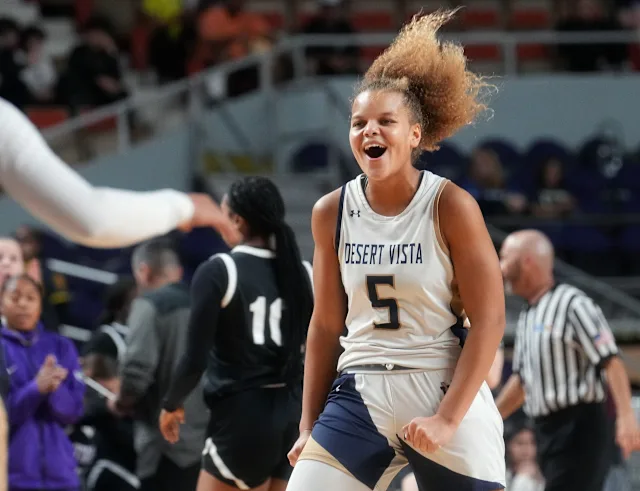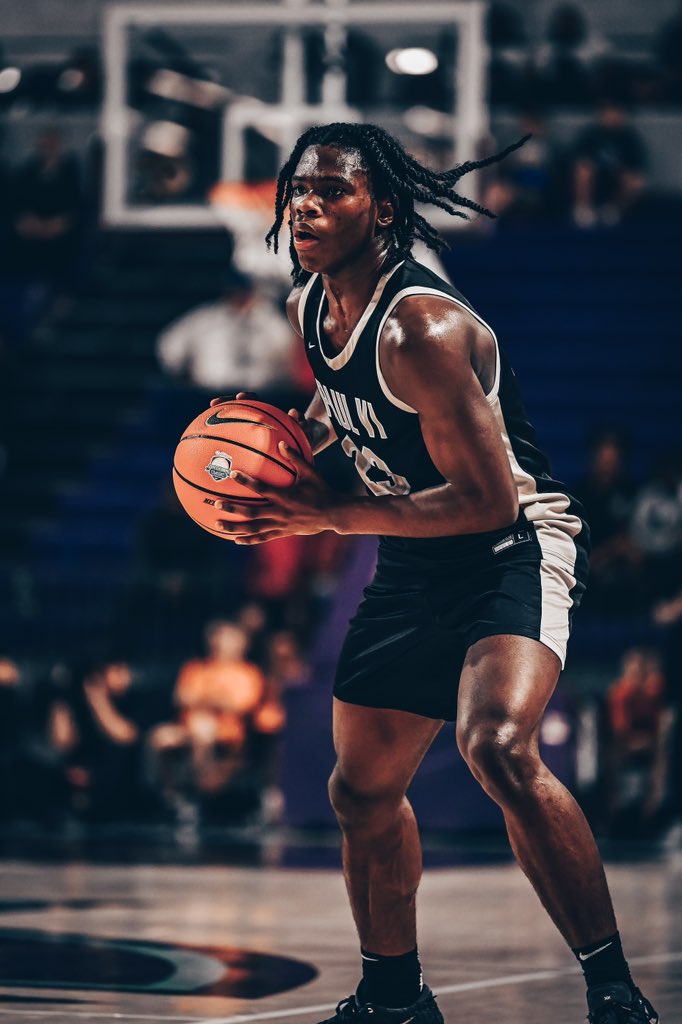Travel, gear, private trainers—youth sports is an expensive game. We break down the hidden price tags.
NEW JERSEY — What used to be a way out has become a luxury many can no longer afford.
A few weeks ago my son’s team, the NY Ren’s, flew down to Fort Lauderdale to play in Balling on the Beach, which was our final major tournament of the season. The energy inside the gym was familiar — 3 days of intense games on every court, videographers catching every crossover, and families scrambling to get the perfect courtside seat to watch their son compete.
As I sat in the airport waiting to board our flight home what hit me harder than the atmosphere was the mounting cost of simply being there. Flights, hotel rooms, meals, team fees, new gear and training all add up. For families like mine, the annual spend to support a high-level youth basketball journey can easily near upwards of $20,000. And we’re not outliers. For many families with kids chasing dreams on any elite youth circuit, this lifestyle isn’t just time-consuming—it’s financially exhausting.
It wasn’t always this way though. When I was growing up, basketball was the sport of the streets. All you needed was a ball, some talent, and a court. For many inner-city youth, it was a way out — a path paved by blood, sweat, talent, and opportunity. Now, that path feels increasingly gated.
The Shift: From Open Courts to Closed Doors
I remember growing up I used to hate Duke. Not because they couldn’t hoop — they recruited dogs. But because of what I felt at the time they represented. They were the polished, privileged anti-thesis of what I saw around me. They had Grant Hill and Bobby Hurley, players who looked and lived nothing like the kids on my block. Christian Laettner? He was everything we weren’t. Meanwhile, Georgetown and Coach John Thompson were the blueprint. Big John and his towel, Alonso Mourning, Allen Iverson with his braids. They were us. They were the dream.
The difference back then? That dream was accessible. You didn’t need to spend five figures to be seen. You didn’t need private trainers, videographers, and a six-city travel schedule. You just needed game and heart.
The New Price of Admission
Today, the cost of visibility is steep. Team fees can range from $800 to $5,000. Weekly training sessions? Up to $100 an hour. Tournament weekends rack up thousands in airfare, hotels, rental cars, meals, and merch. And while some elite programs do cover costs for their top-tier players, most families pay out of pocket.
This isn’t just about money. It’s about access and who gets a shot both literally and figuratively.
According to the Aspen Institute, basketball remains one of the most expensive youth sports to play at an elite level. And the better your player and team, the more exclusive it becomes.
Opportunity or Obstacle?
Basketball used to level the playing field. Now it mirrors the same disparities we see across education and economics. Talent matters, but access matters more.
There are still programs, coaches, and community organizers fighting to provide pathways for kids who can’t afford the price of participation. But they’re working against a system that increasingly rewards those who can pay to play.
What we’re building at Elite Sports Connect is meant to name that truth and challenge it. Because the goal should never be to gatekeep the game. It should be to widen the court.
Final Thought
Basketball was once the most democratic sport in the world. One ball. Ten players. First to 15 wins or win by 2. Today, it feels like we’re in danger of losing that spirit. If we’re not careful, we won’t just be pricing out families — we’ll be pushing out the very soul of the game we all grew to love.



